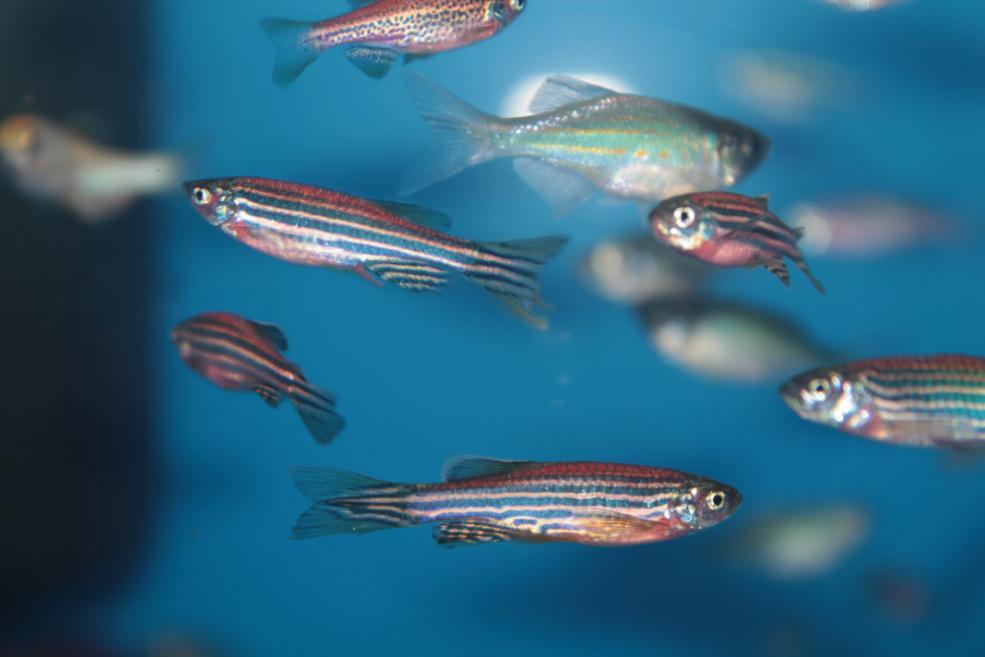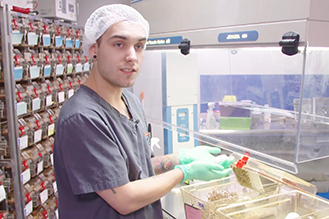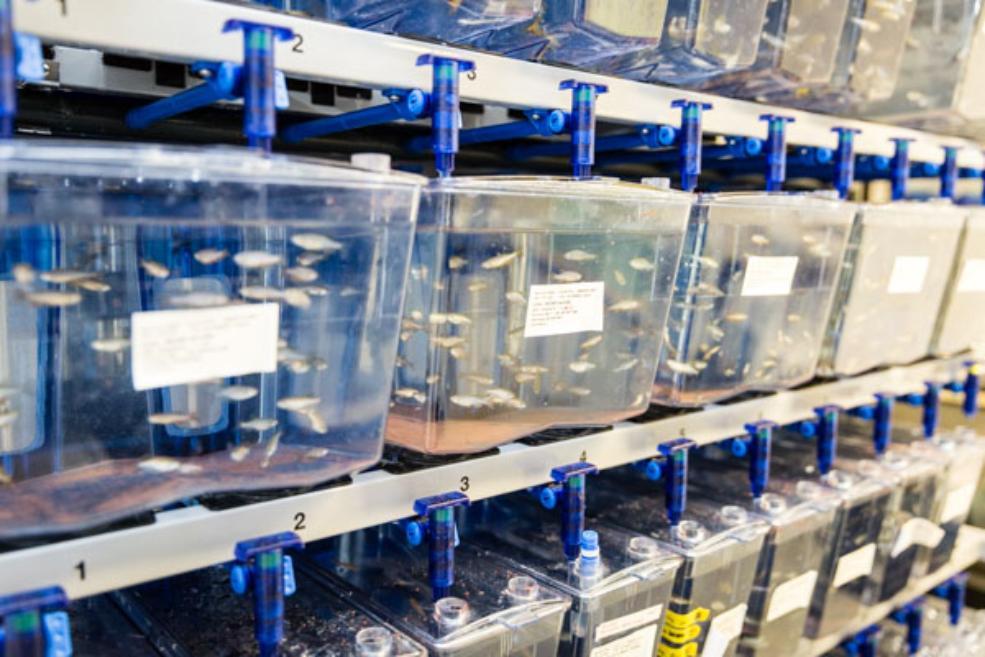How we minimise the use of animals in our research
Learn more about Queen Mary's dedication to replace, refine and reduce the number of animals we use in research.
Reiss Browning and Arif Mustafa, two of the Biological Services team, explain how they look after the animals in their care.

Reiss Browning shares some insights into the daily work of the Biological Services Unit

“I love working with animals and I am here to ensure the animals under my care have the best lives that they can. I look after them and provide them with a stimulating environment so that they can behave in much the same way as would be expected for each species in the wild.
Every day is very different. The main thing each day is that I check all my animals to make sure there are no health concerns and ensure that all husbandry requirements are being met. But the range of jobs that I could do are endless. For example, I do all different types of procedures: injections, ear marking and feeding with oral tubes. Less attractive, but essential, is cage washing.
I act as a guardian and help researchers care for their animals according to their personal and project licenses. I have to make sure that individuals who work here are able to handle rodents and work in a manner that is safe for the animal.
I love the science. Research is a vital aspect in pioneering new drugs, procedures and medical advances throughout the world. At present we have to work with animals for this. However, those who are against the use of animals in research would be surprised by how small the percentage of animals used actually is compared to how many animals are slaughtered for food, or stray animals that are put down.”
I started working at Queen Mary in 1979 as it had a reputation for being one of the best places to be an animal technician.— Arif Mustafa, Senior Animal Technician
Arif Mustafa, our Senior Animal Technician, explains how the use of animals in research has changed over the course of his career.
“I started working at Queen Mary in 1979 as it had a reputation for being one of the best places to be an animal technician. I’ve seen many changes since then: there have been big improvements in the environment where the animals live, and there’s more accountability, with researchers having to provide greater justification for the research they do with animals.
I believe that the work done with animals will be beneficial to humans. I wouldn't be doing this job if I didn't feel comfortable that it’s for medical research that is justified because there is no clear alternative to using animals for many aspects of research, such as drug development.

My work includes cage cleaning, feeding and watering. As a senior technician, my daily tasks also involve teaching researchers how to do technical procedures on their animals, such as injection sites, humane methods of euthanasia, assisting them in theatre preparation, using aseptic techniques, sterilised instruments and use of anaesthetic machines, and, importantly, about the Home Office regulations as to what they can and can’t do once that they’ve been granted a licence to carry out procedures. All these things are done to ensure the animals suffer as little as possible during their time under a regulated experiment.
I got my first animal qualification certificate here and I am continuing studies by attending meetings and workshops involved with animal care, and Home Office courses.”
Learn more about Queen Mary's dedication to replace, refine and reduce the number of animals we use in research.
Learn more about Queen Mary's commitment to the highest ethical standards of animal research
We only use animals in research when it's absolutely essential and there's no other alternative.